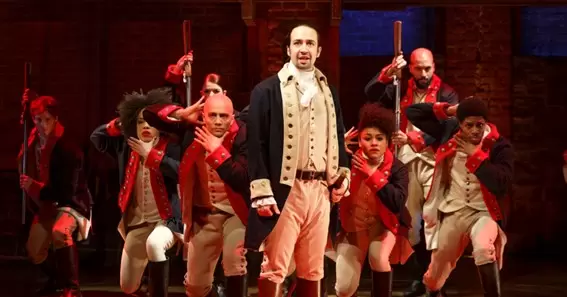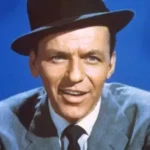So, what is blocking in theatre? In theatre, the director precisely determines the way actors move about and are placed in a show. It entails deciding where the participants in a play should stand, sit, get in and out as well as their relationships with other people or objects on stage from the perspective of an observer. The organization of live performance visuals including every aspect that our eyes will appreciate when watching constitutes blocking activity. Keep reading to learn about What is blocking in theatre.
What is Blocking in Theatre?
Blocking in the theatre refers to exact positioning of actors to enable smooth performance of a play, ballet, film, or opera. This includes deciding where performers need to move so that they create the desired dramatic effect, ensuring the audience can see and working with the lighting scheme of a scene. Usually, in rehearsals, it is the director who decides on blocking and it is important for one to always keep track of where each actor will be standing or moving while on stage in preparation for future performances. In film, blocking also includes the arrangement of actors in the frame and the movement of the camera.
It also makes sure people watching a theatre piece hear them speak without straining too much as they try following scenes on stage or screen, thus, they do not miss even a single word uttered by those taking part in such activities aimed at making the audience understand better what is being narrated.
What is The Concept of Blocking in Theatre?

The fundamental part of stage direction known as theatre blocking implies creating the moves and locations of actors on the stage while the performance is ongoing; it’s like making a dynamic dance in which actors move through and around spaces to effectively tell the story to the audience. Let’s look at the concept of theatre blocking in detail:
- Script Analysis: The director will then look at the script thoroughly before blocking which includes understanding of characters, relationships, themes, and the overall arc of the story. It is through this analysis that the director can establish how best to handle the play.
- Spatial Considerations: Stage space, which include its size, shape and presence of set pieces or props must be considered by directors. They decide on how to make proper use of such spaces to convey various locations as well as create visual appeal and suit production requirements.
- Character Motivation and Objective: Blocking is guided by their motivations and objectives for each scene. The director familiarizes actors with character motives and emotions, then decides upon ways in which these aspects affect actions towards movement on stage.
- Stage Directions: Initial guides for blocking are given by the stage directions contained in a play but which may often be reinterpreted or expanded upon by directors according to their creative vision for a particular play. Other relevant instructions concerning what should be done during performances or transitions may also be added.
- Movement and Gesture: What he looks so that it can mean anything else as well as subtext is conveyed by directors instructing stints.
Conclusion
In the above content, we learn what is blocking in theatre. The last statement implies that blocking is an architectural element of stage direction in acting which determines the specific positions and movements of actors on stage. It is a way of making visible the visual composition of the performance, ensuring that the audience can see and hear what the characters are doing, and getting them interested in the story. Directors shape the interplay among performers by understanding scripts, spaces, and reasons why characters act, thereby producing more effective narratives. Blocking is an essential technique to bring stories alive be it in film, theatre, ballet, or opera, hence it helps authors present their work with more animation to react upon. Now you know what is blocking in theatre.
FAQ
What is the importance of blocking in theatre?
In theatre, blocking is crucial because it provides the visual composition, ensures that actors are visible and audible, and encourages the storytelling, thus conveying the narrative effectively and creating a cohesive and engaging theatrical experience.
Who is responsible for blocking in a production?
In a theatrical production, the director specializes in blocking that primarily serves the artistic vision of the play, besides focusing on practical elements like stage logistics and technical requirements to perfect the work.
What factors are considered when blocking a scene?
When a scene is blocked, the filmmaker takes into consideration the space on stage, character motivation, relational dynamics, mood, and atmosphere. In addition, they consider technical aspects like lighting and sound design for the stage.
What is the role of stage directions in blocking?
The instructions given by the playwright for staging are an essential directorial starting point. Many times, they get elaborated or even altered by the producer to match their idea of how things should look on stage. Blocking therefore serves as a simple guideline in which a play’s movements are organized till the producer deviates from it explaining that it is not always necessary.
Who Decides The Blocking In Theatre?
The director decides where the physical position of the actor on stage will be.
We have covered all the below topics in the above article
Theatre blocking definition
Blocking in stage performance
Theatre staging techniques
Blocking in plays
Sources
https://en.wikipedia.org/wiki/Blocking_(stage)
https://www.cityacting.co.uk/blogs/news/blocking-in-theatre-and-films






